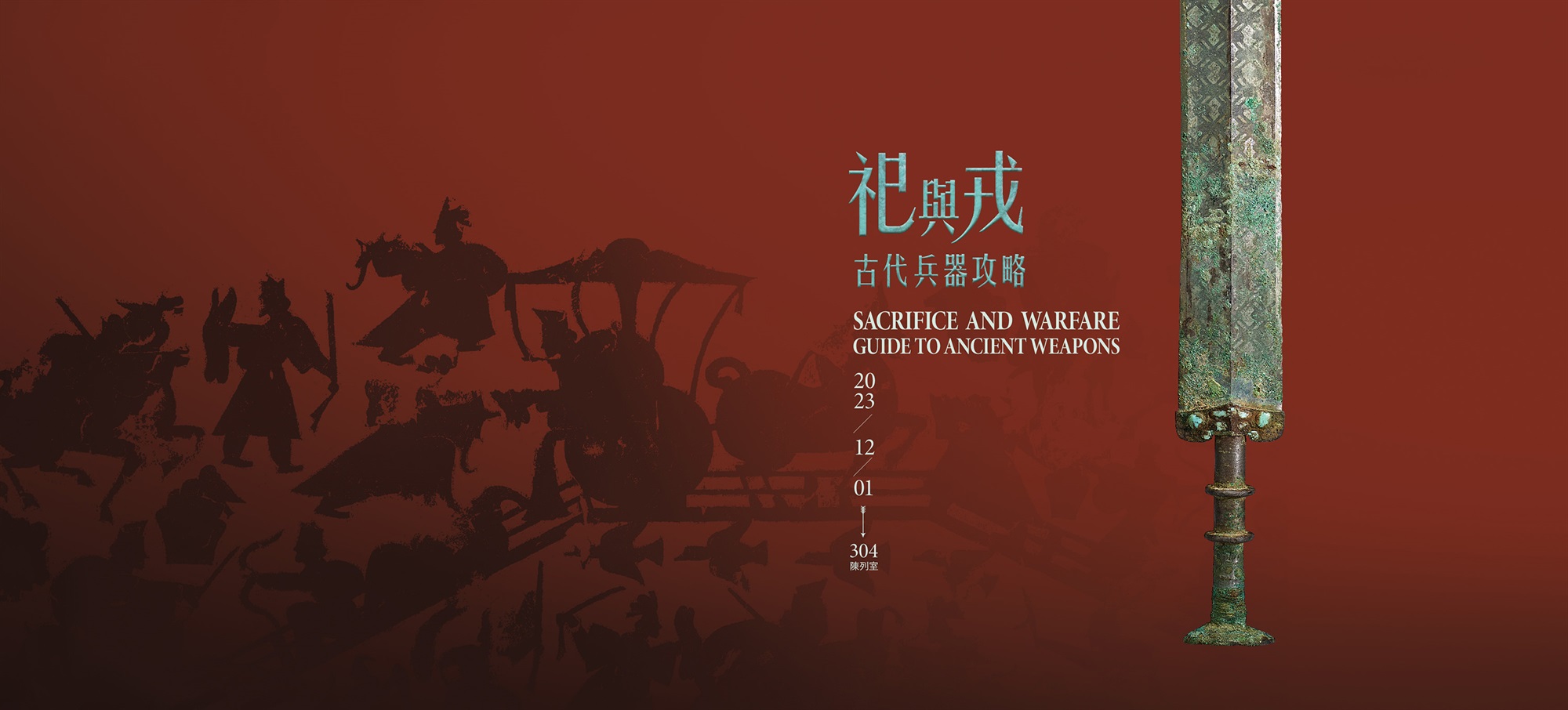Sharpening the Blade - Development of Edged Tools
Before mastering the metal smelting technique, humans crafted sharp implements from materials such as stone, bone, and shells. Among these, the most exquisite edged tools were those made from hard stone and meticulously ground. In the prehistoric time, the distinction between weapons and tools was not always clear-cut. The most common stone axes, for example, could be used for both felling trees and attacking adversaries. Archaeologists discovered remnants of arrowheads or other injuries in the skeletal remains of prehistoric humans, suggesting that sharp tools like axes and arrowheads were employed as weapons to harm people. On the other hand, some jade and stone edged tools, with careful material selection and intricate craftsmanship, were possessed by only a few and ultimately became symbols of social status.
-
Jade axe with turquoise inlay Shandong Longshan Culture, ca. 2300-1800 BCE
Length15.0cm Width7.0cm
Thickness0.9cm Hole diameter1.1cmHoled axes were the most common type of jade axes in the Neolithic period. This axe has two holes, one of which was used to secure the handle to the axe. From the hole, one can see dark and light jade surface colors; the side of the hole lighter in color was where the handle was attached. Concerning the other hole, it has a turquoise inlay as decoration.


